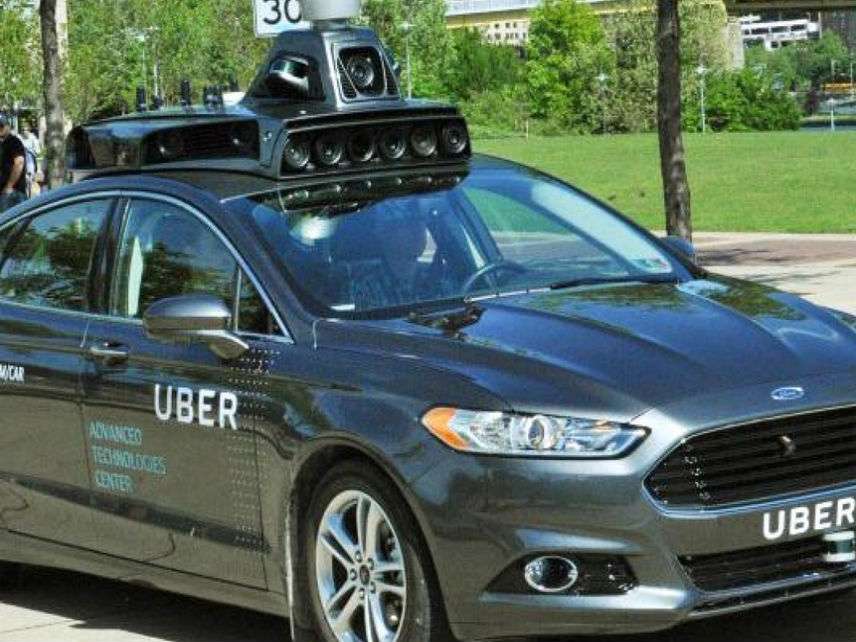Uber Self-Driving Car Hits and Kills Pedestrian in Arizona
This unfortunate accident will not slow down the autonomous vehicle revolution.

The ride-hailing service Uber is temporarily halting tests of self-driving cars because one of them hit and killed a pedestrian in Tempe, Arizona. The woman, Elaine Herzberg, was apparently struck while she was crossing the road outside of a crosswalk at night. The car was reportedly operating in autonomous mode while being monitored by a human safety driver. This is apparently the first case in which someone has been killed by an autonomous vehicle.
The company is devising a technology that will let its cars "talk" with pedestrians, in hopes of making such accidents less likely.
The National Highway Transportation Safety Administration (NHTSA) reports that in 2016 the automobile fatality rate averaged 1.18 deaths per 100 million vehicle miles traveled. So far, Uber's self-driving vehicles have racked up between 2 and 3 million miles on streets and highways. Obviously this accident will be carefully scrutinized to figure out what happened and who is at fault.
Keep in mind that NHSTA blames 94 percent of automobile crashes on human error. We can be sure that investigators will let us know if robot error is the cause of this unfortunate death.
Americans tolerated far higher fatality rates—as many as 40 deaths per 100 million vehicle miles traveled—at the dawn of the automobile age. The first American killed by an automobile was Henry H. Bliss, who was struck by an electric taxi while helping a lady descend from a streetcar on Central Avenue West in New York City. It took 70 years for automobile fatalities to fall below 2 per 100 million vehicle miles traveled. The safety record of self-driving vehicles will presumably improve much faster than that. I fully expect to hail and take my first ride in a fully autonomous vehicle in the next five years.


Show Comments (143)